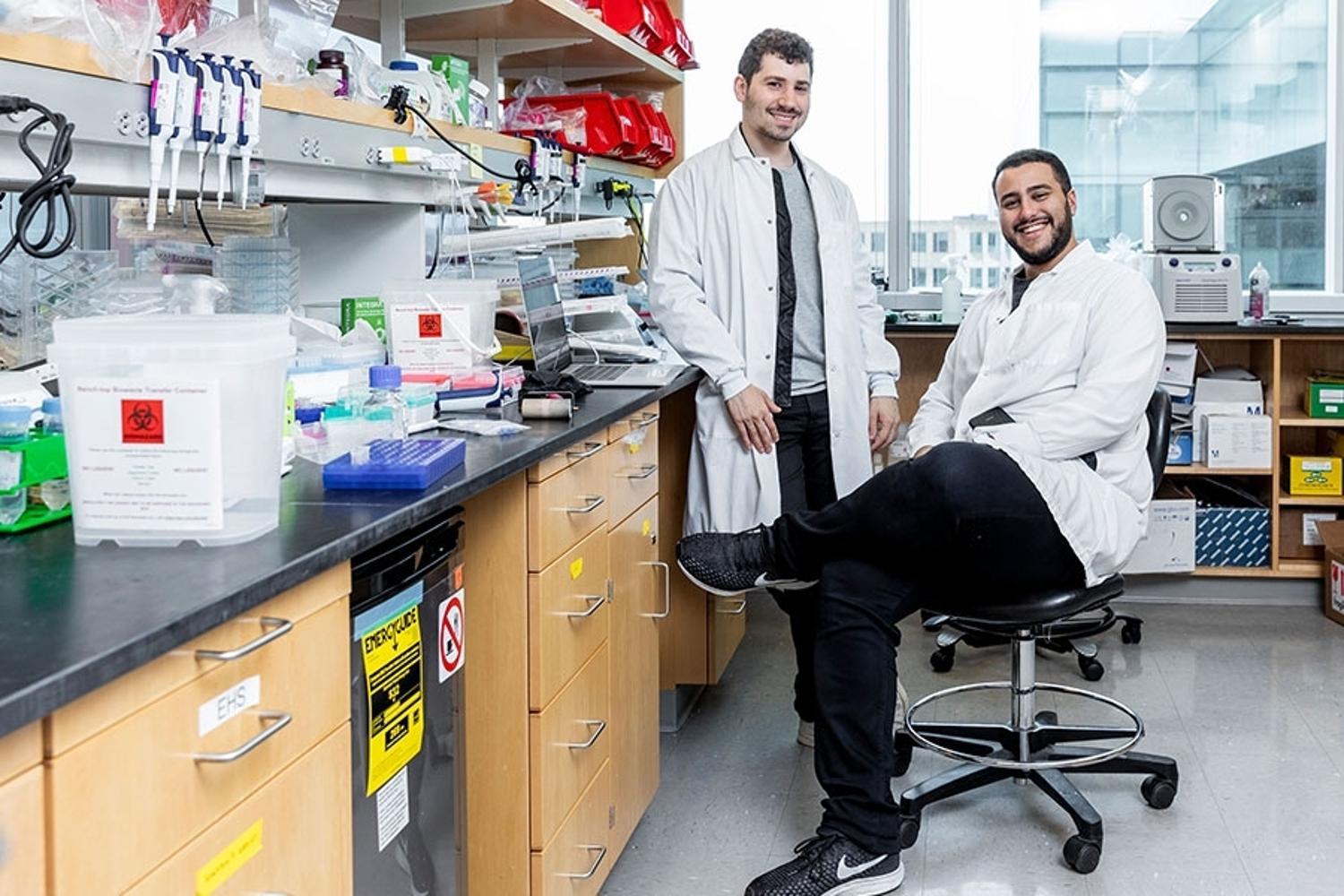Scientists around the world are constantly working on ways to improve technology. Some of their discoveries are small but important, while others literally change the world as we know it.
One such discovery was recently made at the Massachusetts Institute of Technology (MIT). Researchers created a device, atom by atom, that allows electrons to move faster than ever before, and many believe it could change technology forever.
What Are Electrons?

Before discussing the incredible study from MIT, it’s first vital to understand what electrons are and why they are so important to the technology we use.
Electrons are subatomic particles with a negative electric charge. These microscopic particles are involved in a wide variety of technological applications, including batteries, photoelectricity, lasers, radiation therapy, solar panels, electrolysis, electrochemistry, and many more.
Scientists Have Been Working to Increase Electron Mobility

While scientists already understand how electrons function and utilize them in almost every technological device on Earth, researchers have recently been working on finding ways to make them faster.
The faster the electrons can move, the more advanced the technology can be. And while some have found success through superconductors with zero electrical resistance, the team at MIT took a different approach.
The MIT Study of Electron Mobility

The MIT team set out to improve electron mobility. To do so, they theorized that they could build a device that would allow these subatomic particles to move as fast as possible.
The so-called device they had in mind was an impossibly thin film made of the naturally occurring mineral ternary tetradymite. After years of trial and error, the scientists were finally able to complete their mission.
An Impossibly Thin Film Made From Ternary Tetradymite

Ternary tetradymite is a mineral naturally found in quartz and gold deposits near hydrothermal vents on the ocean floor. However, ternary tetradymite is not only wildly challenging to source, it’s also extremely challenging to work with.
It’s composed of antimony, bismuth, sulfur, tellurium, and selenium, which often randomly change positions, making the material incredibly unpredictable.
Building the Film Atom by Atom

Therefore, instead of trying to collect and manipulate the naturally formed ternary tetradymite, scientists at MIT decided to create it themselves, atom by atom.
The painstakingly slow and meticulous project was completed in a vacuum with controlled temperatures, and in the end, they were able to build the perfect ternary tetradymite film with almost no impurities.
The Second Phase of the Study

But even after successfully building the film, these scientists still were unsure if it would actually improve electron mobility, as they had theorized. After creating the ideal conditions, the team found that they were right.
Hang Chi from the University of Ottawa, who worked on the MIT study, explained: “It turns out, to our great joy and excitement, that the material’s electrical resistance oscillates. Immediately, that tells you that this has very high electron mobility.”
This Study Could Change Technology Forever

Finally, the scientists published their unbelievable findings in the journal Materials Today Physics. They, as well as many others, believe this one study could actually change technology forever.
And as Chi explained, “By studying this delicate quantum dance of electrons, scientists can start to understand and identify new materials for the next generation of technologies that will power our world.”
Like a Highway With No Traffic

Jagadeesh Moodera, a senior research scientist in MIT’s Department of Physics, explained, “Before, what people had achieved in terms of electron mobility in these systems was like traffic on a road under construction — you’re backed up, you can’t drive, it’s dusty, and it’s a mess.”
But with the tetradymite film, “it’s like driving on the Mass Pike with no traffic.” In other words, the new device has substantially increased electron mobility speed.
How Will Electron Mobility Improve Technology?

The authors also explained, “The higher a material’s electron mobility, the more efficient its electrical conductivity, and the less energy is lost or wasted as electrons zip through.”
They continued, “Advanced materials that exhibit high electron mobility will be essential for more efficient and sustainable electronic devices that can do more work with less power.”
Organizations Funded the MIT Study to Help Save the Planet

The research conducted by the team at MIT was funded by the Army Research Office, the Office of Naval Research, and the Natural Sciences and Engineering Research Council of Canada.
And the reason why these prestigious organizations invested in the experiment is because they understood that improving electron mobility can and will help save the planet from climate change.
Advancing Technology Could Help Save the Planet From Climate Change

While the science is certainly complex, the bottom line is not: faster and unencumbered electron mobility will enable technologies like electric vehicle car batteries, smartphones, solar panels, and essentially every other battery-operated device to run far more efficiently.
Therefore, these devices will likely need smaller batteries, minimizing the need for extensive mining, requiring less charging time, decreasing the amount of electricity needed, and reducing the amount of fossil fuel use worldwide.








































